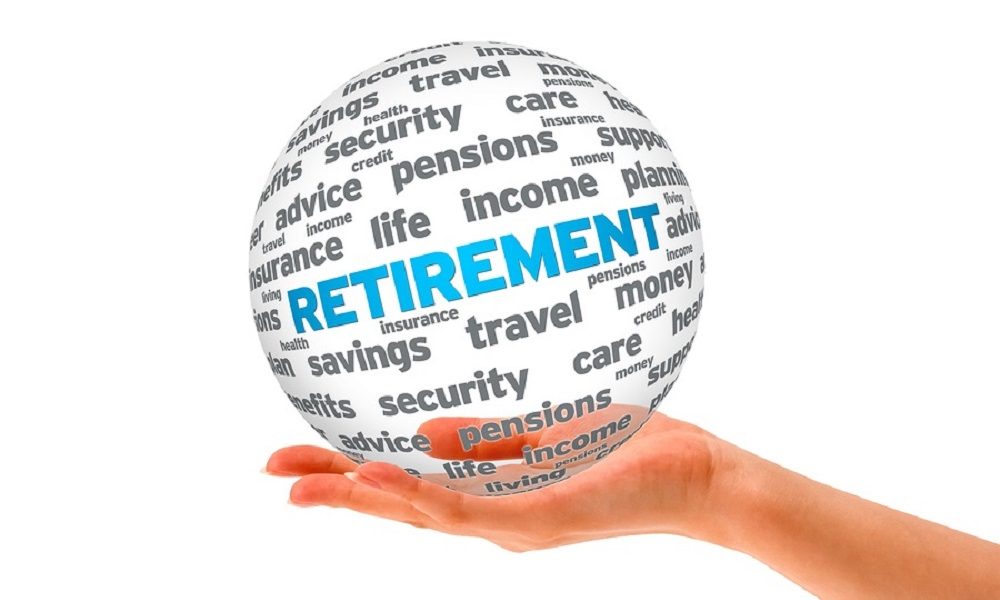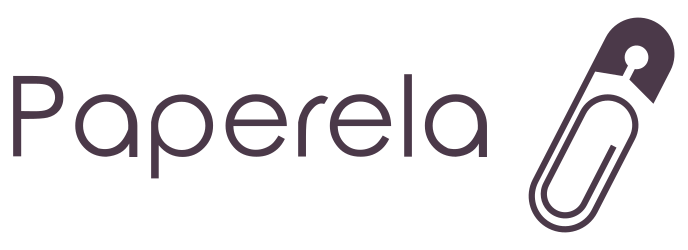
How To Build A Retirement Portfolio

Many of us may not have heard about a retirement portfolio – or indeed its benefits. Just like an investment portfolio, which acts as a basket to hold all your investments and various retirement and non-retirement accounts, a retirement portfolio aims to increase the value of your retirement savings.
A retirement portfolio can encompass all the investments you have in various accounts; these can include 401(k) plans, IRAs, table brokerage accounts, money market accounts, and Robo Advisor accounts. With that in mind, here are three tips for creating a retirement portfolio that’s more likely to go the distance.
Keep some cash aside for your portfolio
Techfunnel/ Maxpixel | The trouble with retirement is that you never get a day off
You can try to save some extra cash, other than saving for your monthly income, rental properties, annuities, pension, social security, investments, etc. this extra cash can be kept in a relatively safe liquid account such as an interest-breaking bank account, money market fund or certificate of deposit (CD). With the cash in hand, you won’t have to worry about the market or the monthly paycheck. You can spend it on accounts and replenish it periodically with funds from your investment portfolio. You can also invest the remaining amount in your retirement portfolio.
Balance income and growth
Once your reserves are saved, you can start allocating your remaining portfolio to investments that align with your goals, time, horizon, and risk tolerance, the deal balance consists of a mix of stocks, bonds, and cash investments that work together and generate a steady stream of retirement income and help to grow your future income. You can also consider adding dividend-paying stocks to your portfolio. Such stocks allow your principal to remain invested for potential growth and offer a steady income. However, you should not expose yourself to too many stocks.
Diversify your portfolio

Cottonbro/ Pexels | The best part about retirement is spending time with the grandkids
You can maintain your purchasing power over an extended period by determining the right assets for your investment. Before investing, you should consider some prominent factors, such as income expenses, analyze the risk, the time horizon, and damage tolerance. You can protect yourself by signing up for Treasury Inflation-Protected Securities, or TIPS. The TIPS principle is measured by the Consumer Price Index and increases with inflation and your paid interest rate but decreases with deflation. However, when your TIPS bonds mature, you are paid an adjusted principal over a long period.
Adding TIPS to your accounts can help you balance your fixed income or portfolio that is indexed to inflation. TIPS are backed by the U.S federal government, ensuring you a safe investment and an effective way to diversify your investments.
Sign up for your company 401(k)

SHRM/ Getty Images | There’s never enough time to do all the nothing you want
A 401(k) plan offered by companies in America directly contributes a specific sum of money to their employees’ pensions or savings. The cash is checked off before being assessed by federal income taxes and benefits the employees with compound interest. If your company does not offer a 401 (k) plan, you can sign up for IRA or Roth IRA. According to the IRA program, income is automatically contributed pre or after-tax application. At the same time, in Roth IRA, your money grows tax-free since you contribute after applying tax dollars. After assessing if your tax bracket supports you in your retirement savings, these plans could be taken.
More in Financial Planning
-
`
Here’s What You Should Consider Before Buying A Firearm For Hunting
When kicking off a hunting adventure, knowing what legal requirements must you consider when selecting a firearm for hunting is essential....
June 13, 2024 -
`
Al Pacino’s Kids: Meet the 4 Kids of Hollywood Icon Al Pacino
Al Pacino, the legendary actor, isn’t just a Hollywood icon; he’s also a dedicated father of four. While his career has...
June 3, 2024 -
`
What Will Happen to Your Credit Score if You Do Not Manage Your Debt Wisely?
Have you ever wondered what will happen to your credit score if you do not manage your debt wisely? Managing debt...
May 30, 2024 -
`
How Much Does a McDonald’s Manager Make? A Closer Look at the Fast-food Restaurant Management Salaries
When you swing by your local McDonald’s, it’s easy to notice the bustling activity and the team working swiftly to serve...
May 25, 2024 -
`
How to Get Charges Dropped Before Court Date and Avoid the Courtroom Drama
Facing criminal charges can feel like staring into an abyss, with stress and anxiety building up due to the unknown. The...
May 19, 2024 -
`
How Old Do You Have to Be to Open a Bank Account: And Options For Minors
Navigating the financial landscape can be daunting for anyone. Still, for kids and teens eager to manage their own money,...
May 12, 2024 -
`
Books That Helped Millionaires Become Successful
Becoming a millionaire can seem like an impossible goal, but it’s not necessarily out of reach. The millionaire population all around...
May 1, 2024 -
`
Establishing a Successful Celebrity-Backed Business Brand
Having a celebrity endorse your brand is one of the best ways to generate buzz and get your products noticed. However,...
April 26, 2024 -
`
Some of the World’s Most Valuable Dimes For Colletors
When asking the question “What dimes are worth money,” numismatists – both seasoned and novices – often find themselves fascinated by...
April 24, 2024















You must be logged in to post a comment Login